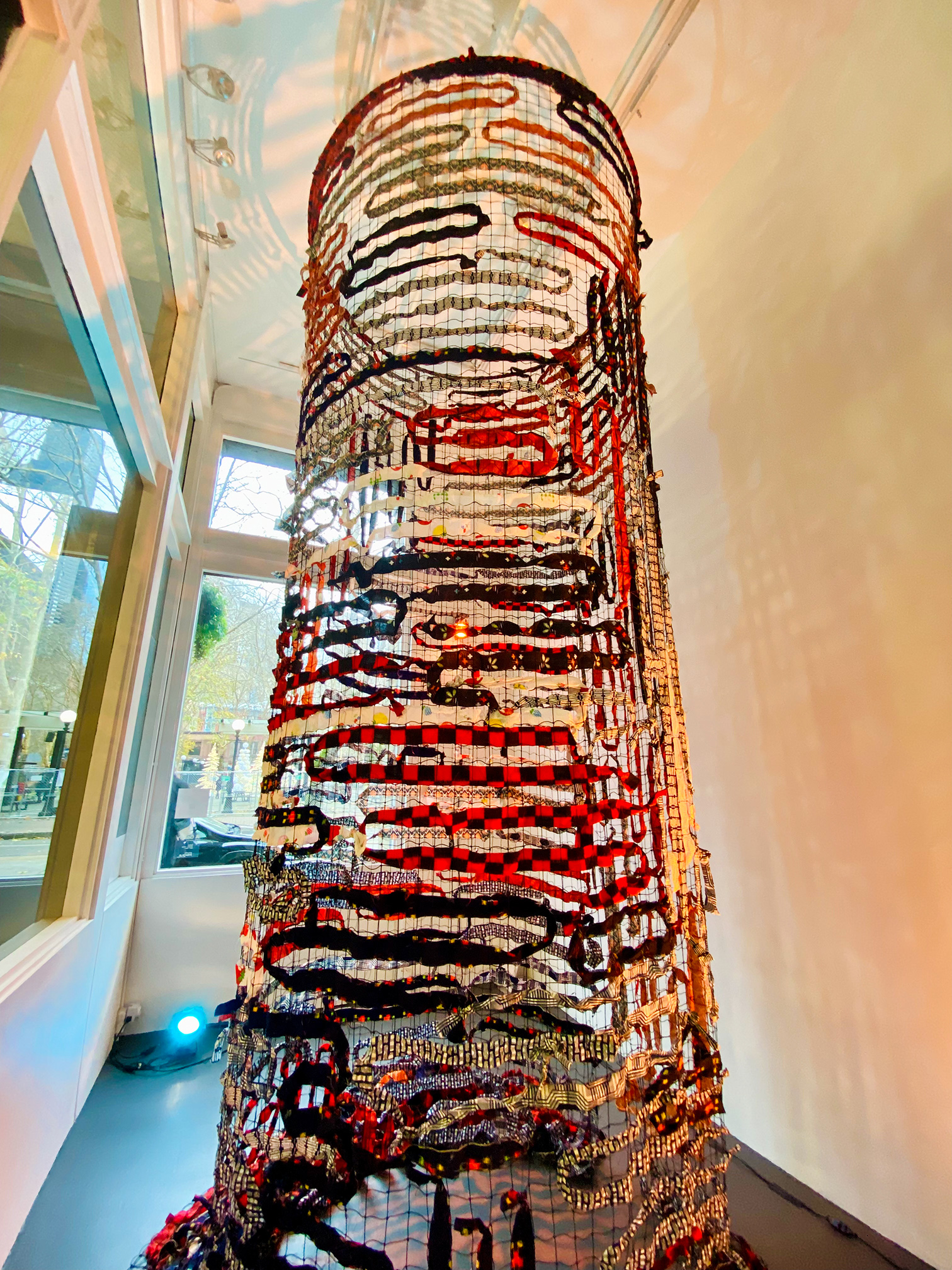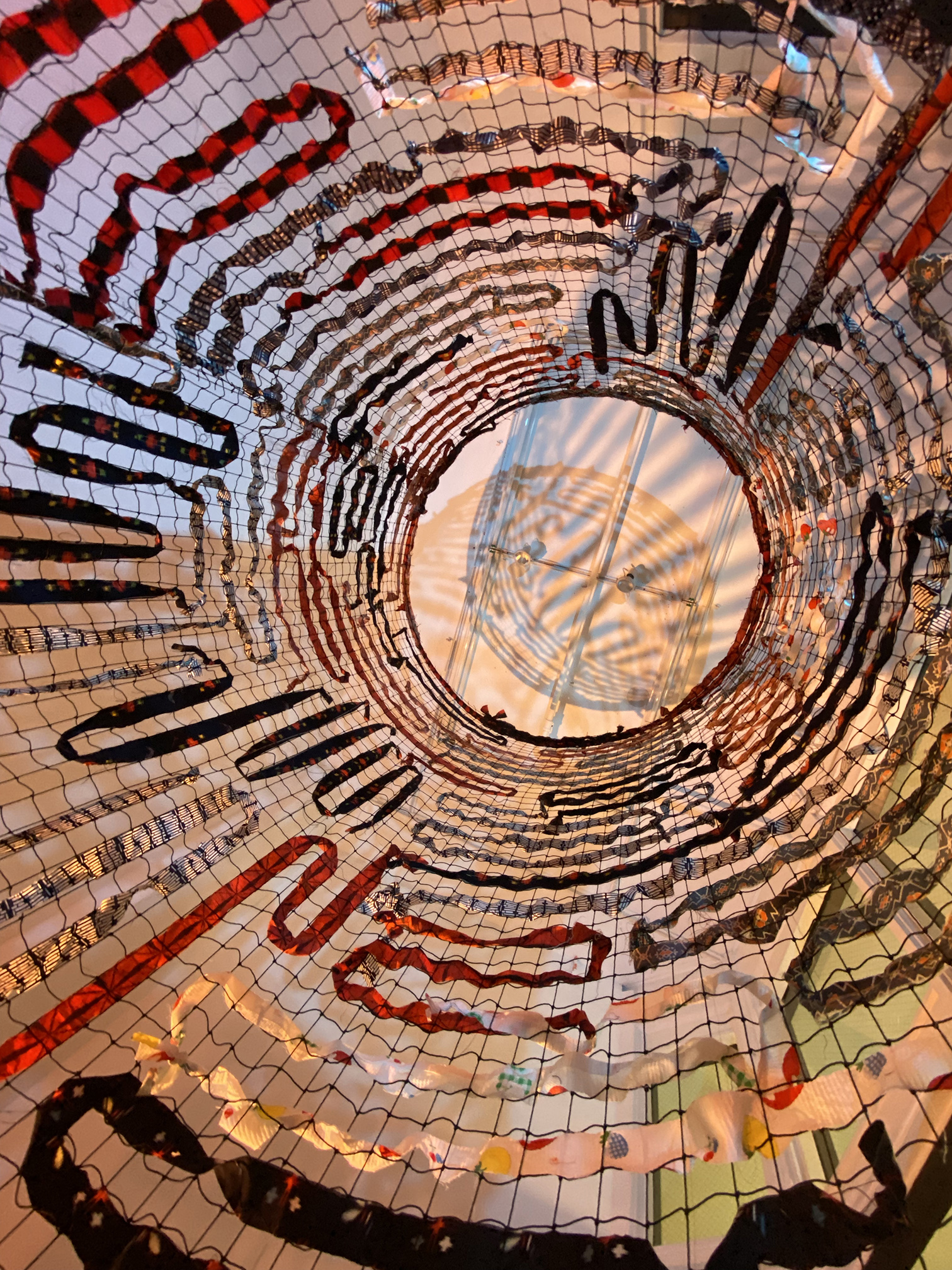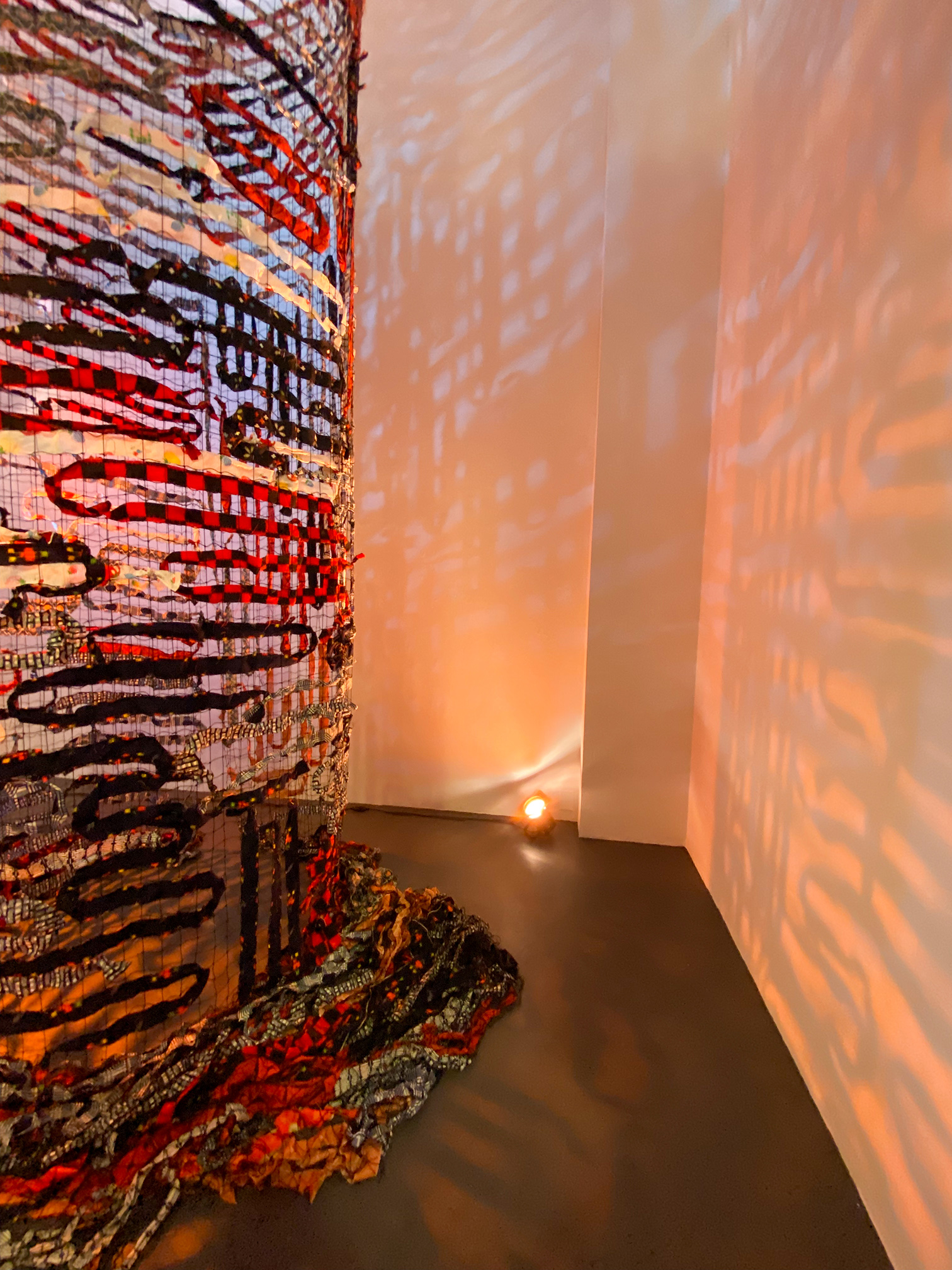Tara Tamaribuchi
b. Newport Beach, California; lives and works in Seattle.
Tara Tamaribuchi is an artist based in Seattle, WA. She began her art career as a painter, but after working in temporary public art, she shifted her practice to work across mediums. Her recent projects include Awakening the Buddha (intervention at Seattle Asian Art Museum), the initial showing of Groove Bardos in the Lesley Art + Design MFA exhibition at Mass MoCA, and curating a web exhibition, Reimagining the Future Through the Past for the Washington State Arts Commission. This past year, she has been a leader in the effort to save more than 100 Seattle art studios from redevelopment at the Inscape Arts Building, the former US immigration and detention center in the Seattle Chinatown International District. As an artist, she has been building support from city, county, state, and federal leaders, and leading creative placemaking efforts by collaborating with cultural institutions including On The Boards, Wa Na Wari, and the Wing Luke Museum. She holds an MFA in Visual Arts from Lesley Art+Design, a BFA in Painting from Pacific Northwest College of Art, and a BA in Journalism from George Washington University.
Tara Tamaribuchi
Nasceu em Newport Beach, Califórnia, vive e trabalha em Seattle.
Tara Tamaribuchi é uma artista que vive e trabalha em Seattle. Ela começou sua carreira artística como pintora, mas depois de trabalhar com arte pública temporária, mudou sua prática para trabalhar em vários meios. Seus projetos recentes incluem Awakening the Buddha (intervenção no Seattle Asian Art Museum), a exibição inicial de Groove Bardos na exposição Lesley Art + Design MFA no Mass MoCA e a curadoria de uma exposição na web, Reimagining the Future Through the Past for the Washington State Arts Commission. No ano passado, ela liderou o esforço para salvar mais de 100 estúdios de arte de Seattle da reconstrução do Inscape Arts Building, o antigo centro de detenção e imigração dos EUA no Distrito Internacional de Seattle, Chinatown. Como artista, ela vem conquistando o apoio de líderes municipais, estaduais e federais, e liderando esforços criativos de criação de lugares, colaborando com instituições culturais, incluindo On The Boards, Wa Na Wari e Wing Luke Museum. Ela possui um MFA em Artes Visuais pela Lesley Art+Design, um BFA em Pintura pela Pacific Northwest College of Art e um BA em Jornalismo pela George Washington University.
SÃO PAULO
Camouflage Net Project (series), 2017-present
nylon netting and woven with kimono fabric (cotton, wool, and polyester). – 18 x 30 feet flat open
Tara Tamaribuchi’s practice brings together Buddhist teachings, diasporic identities, and the possibility of reimagining other futures, informed and influenced by ancestry. Camouflage Net Project is a response to the Trump administration’s Muslim ban and, subsequently, the policies of family separation and incarceration of children at the US southern border, and the prejudice against Latin Americans and people from the Middle East trying to immigrate to the US. This prejudice is formalized in actual government policy. The situation harks back, for the artist, to the history of Japanese Americans incarcerated during World War II, with a focus on those who made thousands of camouflage nets for the US Army as field work. Instead of hemp strips used by the US Army, the artist weaves relationships between these stories from strips of printed kimono fabrics, which refer to and carry in themselves ancestral and spiritual forms. The camouflage nets present in the installation are, at the same time, strategies for protection and also, because they are made as collective work, evoke healing and the ancestrality of collective making. The camouflage nets act as a visual filter through which we see all the people interconnected with each other.
Projeto Rede de Camuflagem [série] , 2017-presente
Rede de nylon trançada com tecido de kimono (algodão, lã e poliéster) – 18 x 30 pés (aberto)
O trabalho de Tara Tamaribuchi combina ensinamentos budistas, identidades diaspóricas e a possibilidade de reimaginar outros futuros, com informações e influências da ancestralidade. Camouflage Net Project é uma uma resposta ao banimento dos muçulmanos dos EUA no governo Trump e, posteriormente, às políticas de separação de famílias e prisão de crianças na fronteira sul dos EUA, e ao preconceito contra latino-americanos e pessoas do Oriente Médio que tentam imigrar para os EUA. Esse preconceito é formalizado nas políticas práticas do governo. Para a artista, a situação remete à história dos nipo-americanos encarcerados durante a Segunda Guerra Mundial, em especial àqueles que fizeram milhares de redes de camuflagem para o Exército dos EUA, como trabalho forçado na prisão. Ao invés das tiras de cânhamo usadas pelo Exército dos EUA, a artista tece relações entre estas histórias com tiras de tecidos estampados de kimonos, que remetem e trazem, em si mesmos, formas ancestrais e espirituais. As redes de camuflagem presentes na instalação são estratégias de proteção e evocam a cura e a ancestralidade do fazer coletivo, presente no seu processo de fatura. Elas atuam como um filtro visual através do qual vemos todas as pessoas interconectadas entre si.



ARTISTS / ARTISTAS
- SÃO PAULO
- MIAMI
- NYC
